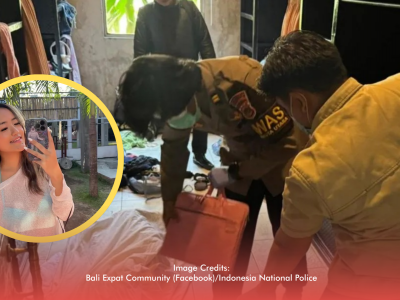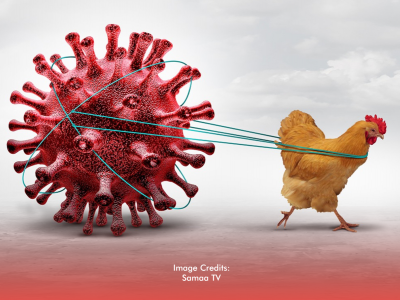With dengue cases climbing across the country, the Department of Health (DOH) is exploring innovative solutions to reduce infections and achieve its ambitious target of zero dengue-related deaths by 2030. One strategy under evaluation is the Wolbachia method, already used in Jakarta, Indonesia, to control mosquito populations. This technique involves introducing Wolbachia bacteria into mosquitoes to make them less capable of spreading the virus.
Health Secretary Teodoro Herbosa emphasized that the root of the problem lies in uncontrolled mosquito breeding. From January to June 2025, the Philippines recorded around 23,000 dengue cases, a 59% increase from the same period last year. 470 people have died, with Calabarzon logging the highest number—19,500 infections and 62 deaths.
QDenga Vaccine Under FDA Evaluation
Alongside vector control, the DOH is considering the use of the QDenga vaccine, which is currently deployed in over 40 countries. However, the vaccine is still under review by the Philippine Food and Drug Administration (FDA).
Secretary Herbosa said the pharmaceutical company must submit a risk management plan and explain why the vaccine was withdrawn from certain markets, including the United States. If approved, the DOH plans to administer QDenga only in hospital settings, not as part of a nationwide immunization drive.
Unlike Dengvaxia, which was derived from the yellow fever virus, QDenga uses strains from actual dengue infections, potentially making it more effective and better suited to the country’s needs.
DOH Sets Ambitious 2030 Goal
The ultimate aim of the DOH is to eliminate dengue-related deaths by 2030. This goal is echoed by the Philippine Medical Association (PMA), whose president, Dr. Hector Santos, supports a careful rollout of QDenga as a key step toward reducing fatalities.








